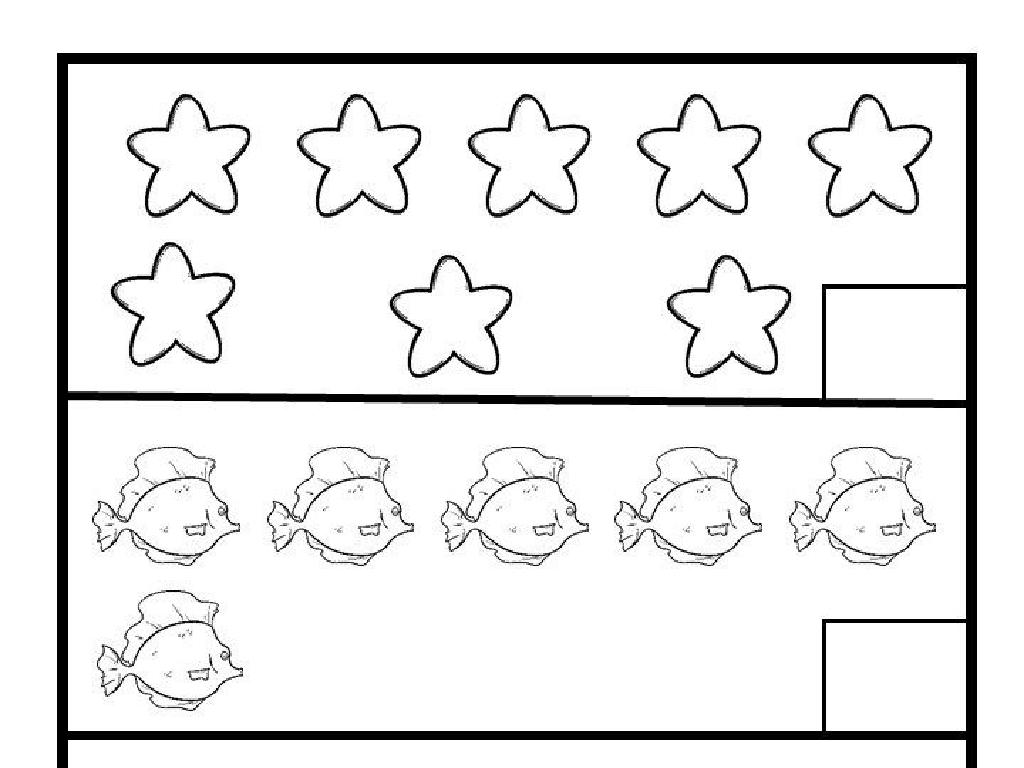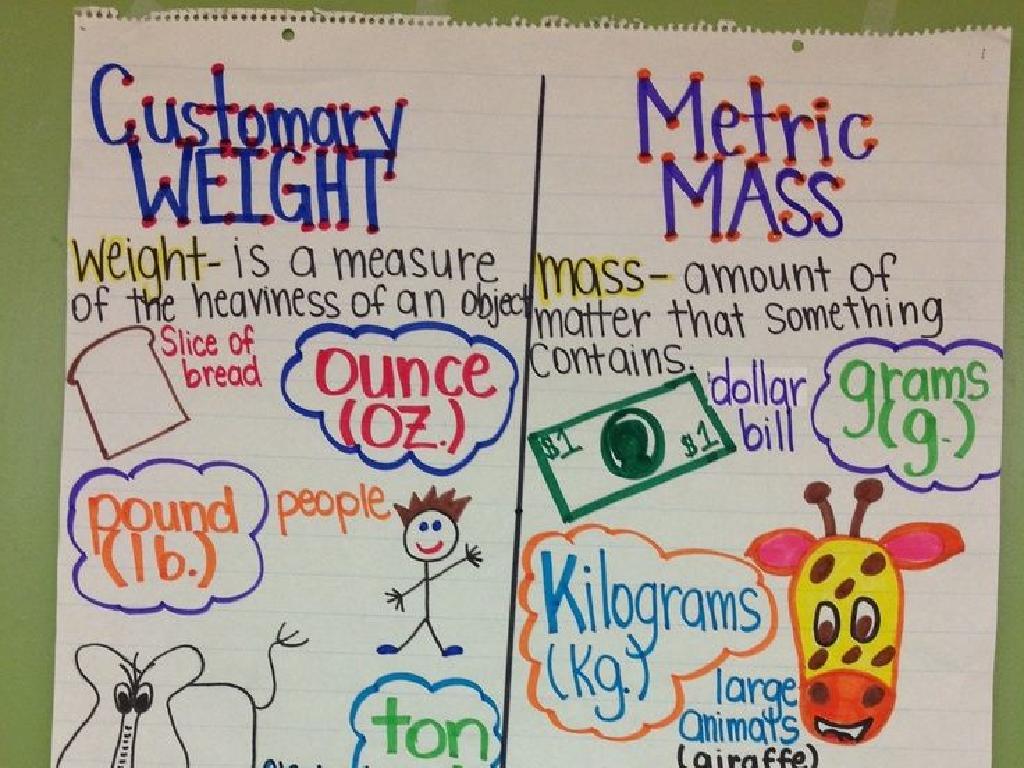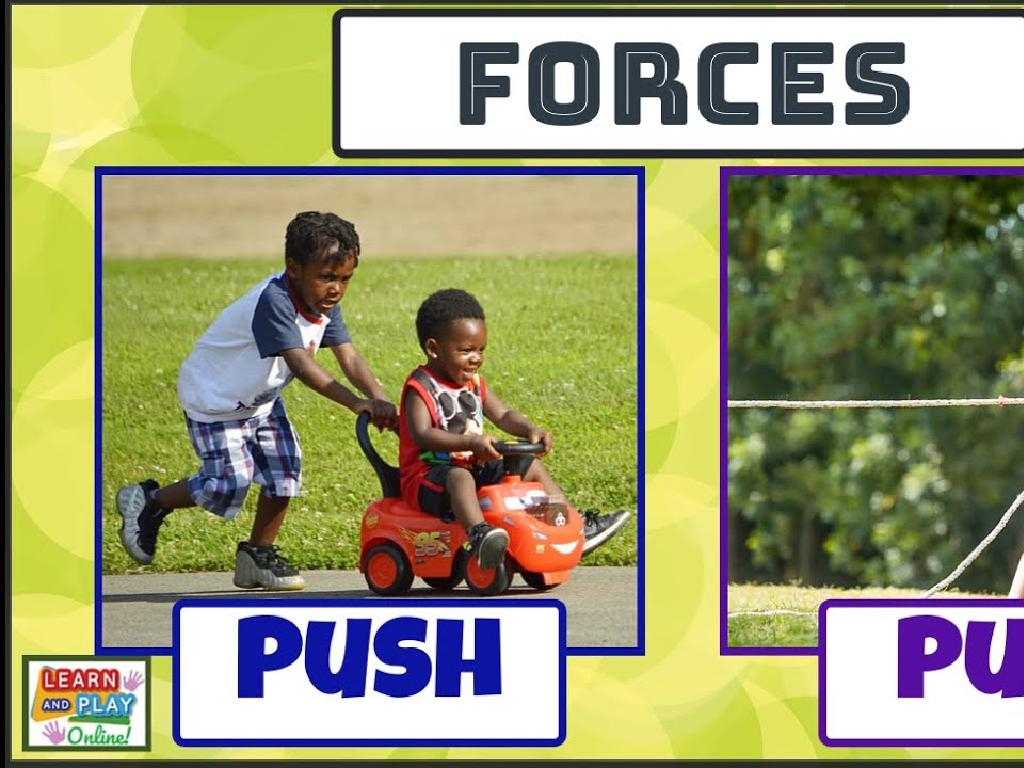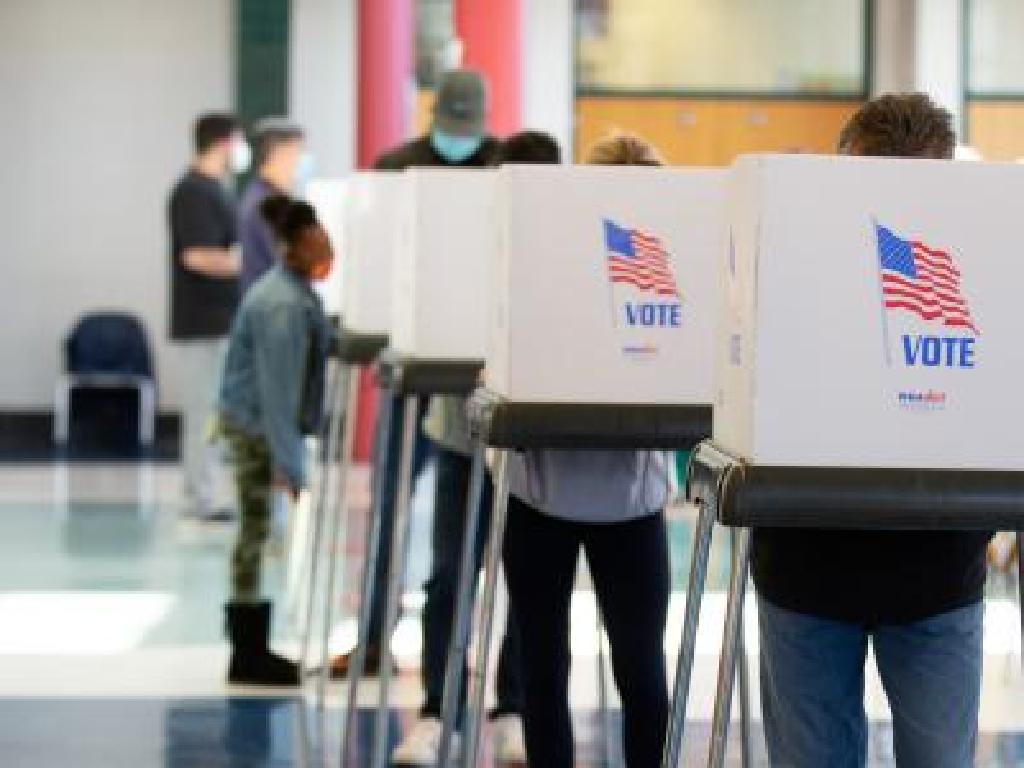Interpret Food Webs I
Subject: Science
Grade: Seventh grade
Topic: Ecological Interactions
Please LOG IN to download the presentation. Access is available to registered users only.
View More Content
Interpreting Food Webs in Ecosystems
– Ecology & our environment
– What are ecological interactions?
– Interactions among organisms like predation, competition.
– Exploring food webs
– A complex network of feeding relationships.
– Significance of food webs
– They show how energy flows & species are connected.
|
This slide introduces students to the concept of ecological interactions within an environment, focusing on food webs. Begin by discussing ecology and its importance in understanding our surroundings and the balance of nature. Explain ecological interactions, including the various relationships organisms have with each other, such as predation, symbiosis, and competition. Then, delve into food webs, describing them as models that illustrate the flow of energy through an ecosystem via feeding relationships. Highlight the importance of food webs in showing the interdependence of organisms and the impact of changes within an ecosystem. Encourage students to think about local food webs and consider how different species are interconnected.
Exploring Food Webs
– Define a Food Web
– A network of interconnected food chains in an ecosystem.
– Food Chain vs. Food Web
– Food chains are linear; food webs show complex feeding relationships.
– Examples: Producers, Consumers, Decomposers
– Producers: plants; Consumers: animals; Decomposers: fungi, bacteria.
– Significance in Ecosystems
|
A food web is a complex diagram that shows how each living creature is connected through what they eat and how energy flows in an ecosystem. It’s different from a food chain, which is a single path of energy flow. Producers, like plants, make their own food through photosynthesis. Consumers, such as animals, eat other organisms. Decomposers, including fungi and bacteria, break down dead material, returning nutrients to the soil. Understanding food webs is crucial for recognizing the balance and interdependence of organisms within an ecosystem. Encourage students to think of a local ecosystem and identify potential producers, consumers, and decomposers to create a simple food web.
Exploring the Food Web: Key Players
– Identifying producers in ecosystems
– Producers like plants and algae make their own food using sunlight.
– Differentiating types of consumers
– Consumers are organisms that eat other living things: herbivores eat plants, carnivores eat meat, and omnivores eat both.
– Decomposers: Nature’s recyclers
– Decomposers like fungi and bacteria break down dead organic matter, returning nutrients to the soil.
– Interdependence in food webs
|
This slide introduces students to the basic components of a food web, emphasizing the roles of producers, consumers, and decomposers in an ecosystem. Producers form the base of the food web, using photosynthesis to create energy. Consumers are classified based on their diet: herbivores (plant-eaters), carnivores (meat-eaters), and omnivores (both). Decomposers play a crucial role in breaking down dead organisms and waste, making nutrients available again for producers. Highlight the interdependence of these components and how energy flows through the food web. Encourage students to think of examples within each category and consider how they interact in their local environment.
Energy Flow in Food Webs
– Energy movement in food webs
– Energy flows from producers to consumers through various trophic levels.
– Trophic levels explained
– Producers, primary consumers, secondary consumers, tertiary consumers, and apex predators.
– Significance of energy transfer
– Efficient energy transfer is vital for ecosystem stability.
– Impact of energy efficiency
|
This slide introduces the concept of energy flow within food webs, emphasizing the importance of understanding how energy moves from one organism to another. Students should learn the different trophic levels, starting with producers (like plants) that get energy from the sun, up to apex predators at the top. Discuss the 10% energy transfer rule, explaining that as energy moves up the food web, only a small portion is transferred to the next level, making energy transfer efficiency a crucial aspect of ecosystem health. Provide examples of different food webs and ask students to identify the trophic levels and consider the implications of energy transfer in these systems.
Interpreting Food Webs
– Analyze a food web diagram
– Observe how different species are connected
– Identify various food chains
– Each path from producer to top predator is a chain
– Understand food web changes
– What happens if one species disappears?
– Impact of changes on ecosystems
– Changes can affect population and health of the whole system
|
This slide aims to guide students through the complex relationships within an ecosystem as depicted in a food web. Start by analyzing a food web diagram, pointing out the different species and how they are connected through what they eat. Highlight the importance of each species in maintaining the balance of the ecosystem. Discuss how identifying various food chains within the web can help us understand the flow of energy. Emphasize the significance of each organism and what could happen if one were to be removed or if its population changed drastically. Encourage students to think critically about how changes in the food web might impact the entire ecosystem, including the health and population of species not directly affected by the initial change.
Real-World Food Webs: Balance & Impact
– Study a local ecosystem’s food web
– Examine species interactions in a nearby park or forest
– Human impacts on food webs
– Explore how pollution and habitat destruction affect food webs
– Conservation and balance
– Discuss how we can protect food webs through conservation
– Class activity: Create a food web
|
This slide aims to connect students with the concept of food webs in their local environment. Begin by exploring a case study of a nearby ecosystem, discussing the various species and their interactions. Highlight the importance of each species and how they contribute to the food web. Move on to discuss human activities that can disrupt these webs, such as pollution, overfishing, or deforestation. Emphasize the role of conservation efforts in maintaining ecological balance. Conclude with a class activity where students create their own food web, using local species to illustrate the interconnectedness of life. This hands-on activity will help solidify their understanding of the topic.
Class Activity: Constructing Our Food Web
– Group activity: Create a food web
– Use the organisms provided to show who eats whom
– Each group presents their web
– Share your group’s food web with the class
– Discuss and compare the webs
– Observe how each group’s web is similar or different
– Understand ecological interactions
|
This activity is designed to help students understand the complexity of ecological interactions within a food web. Divide the class into small groups and provide each with a set of organism cards. Students will use these to construct a food web, showing the flow of energy from one organism to another. After constructing their food webs, each group will present to the class, explaining their reasoning and the relationships they’ve depicted. Following the presentations, lead a discussion that encourages students to compare and contrast the different food webs, highlighting the diversity of ecological interactions. Possible variations for different groups could include different ecosystems or introducing an environmental change to see how the food web adapts.
Conclusion: The Web of Life
– Recap: Food Webs’ Role
– Food webs show how energy flows through an ecosystem.
– Reflect on Today’s Lessons
– Think about how all living things are connected.
– Homework: Local Food Web
– Observe and describe a food web around your home.
– Understanding Ecosystems
|
As we conclude today’s lesson, let’s recap the importance of food webs in ecosystems. They illustrate the complex interconnections between different organisms and how energy flows from one to another. Reflect on the key concepts learned and how they apply to real-world ecological interactions. For homework, students are tasked with finding and describing an example of a food web in their own neighborhood, encouraging them to observe nature and recognize the interconnectedness of life. This activity will help solidify their understanding of ecological concepts and the significance of each organism within a food web.


/american_revolution_timeline.png)


